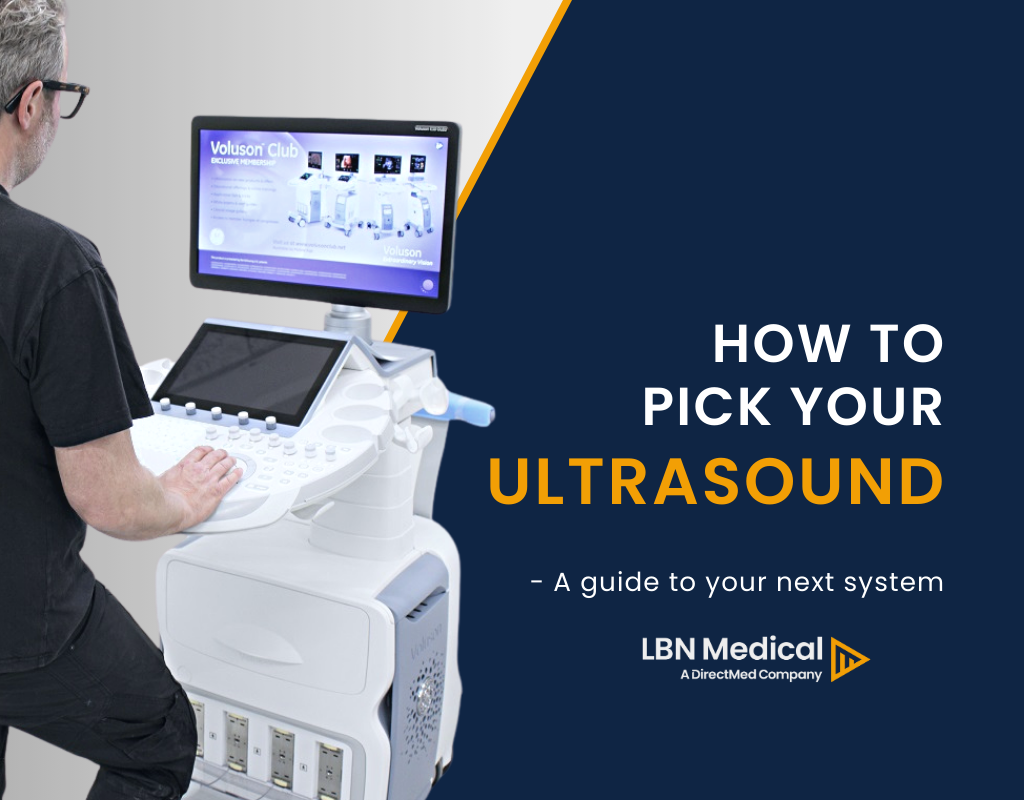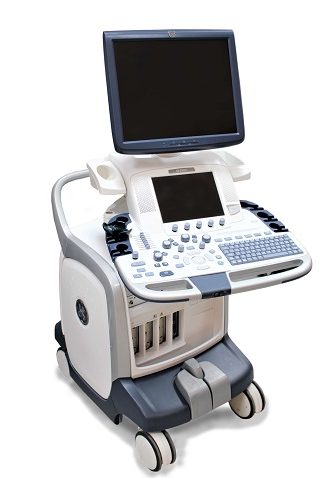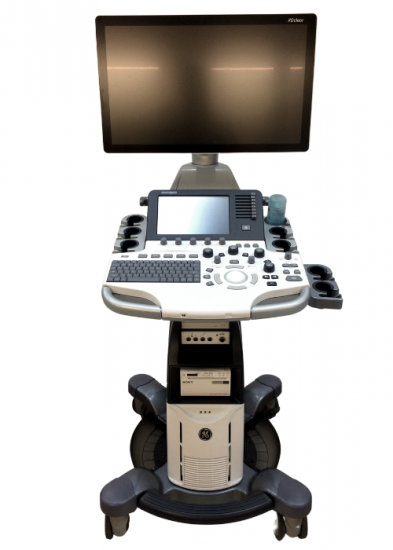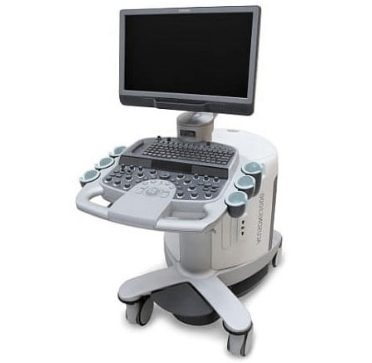Volume Navigation and Fusion Explained
This article has been updated 22-01-2025
There are many new innovative options for ultrasounds.
In this post, we will describe one of them – Volume Navigation and Fusion, often used for a guided biopsy procedure.
An innovative tool, which emerged around 2010.
You can find it on contrast-enhanced ultrasounds (CEUS) from different manufacturers.
It is on premium models, such as GE Logiq E9, Logiq E9 XDClear 2.0, Logiq S8 XDclear, Siemens S3000, and Philips Epiq 7, etc.
Clinicians can utilize Volume Navigation and Fusion in the abdomen, prostate, breast, and small parts for fusion-guided biopsy procedures.
It reduces the dependence on the other modalities – CT, MRI, or PET as well as the radiation dose.
Ultrasound has developed into a fast and dynamic tool. However, it still lacks precision and anatomical details, which the other modalities CT, MRI, and PET can provide.
With these, doctors get excellent lesion visualization and anatomical details by applying intravenous contrast.
However, regular CT, MRI, and PET biopsy applications do not offer real-time image updates.
Therefore, the Volume Navigation and Fusion as a combination of the contrast-enhanced volume images from CT, MRI, and PET and the real-time high-resolution ultrasound images are one of the best solutions for guided biopsy procedures.
Ultrasounds with Volume Navigation and Fusion
How to set up Volume Navigation and Fusion
The volume images from the CT, MRI, PET, or even CEUS are loaded into the ultrasound machine by USB stick/DVD, or retrieved via DICOM.
Hereafter, they are fused with the real-time ultrasound images.
The images are shown either side by side or overlapping on the screen in order to be compared to enable guided biopsy.
Steps to set up Volume Navigation and Fusion:
- Load or retrieve the volume images from CT, MRI, or PET onto the ultrasound machine.
- Use the sensor attached transducer to scan the corresponding part of the body done by CT, MRI, or PET.
- Fuse the real-time ultrasound images and the CT, MRI, or PET images, either side by side or overlapping, by using a sync marker.
- And now the ultrasound machine is ready for clinicians to perform a guided biopsy procedure.
Volume Navigation and Fusion bring great confidence and efficiency for clinicians to guide interventional procedures.
Even for very small lesions in complex access pathways, Volume Navigation and Fusion technology enable successful, real-time needle tracking.

Would you like to learn more about Volume Navigation and Fusion technology?
Then just contact us.
We will get you in touch with our Ultrasound Product Manager who will give you even more details.
See our used Ultrasound Machines for sale.
What is next?
If you would like to learn even more about ultrasounds, you can sign up below to receive an e-book: ‘How to pick your next ultrasound’ and become part of our ultrasound e-mail course.
In multiple e-mails, this course will guide you through several themes related to your next ultrasound purchase.



